Cross necklaces have transcended their original religious significance to become a widely embraced fashion statement. This exploration delves into the rich history, cultural relevance, and the unique subcultures that have adopted this iconic symbol over time.
Table of Contents
- 🌟 Intro
- 📜 Brief History
- 🎯 Main Focus
- 🖤 Goth
- ✝️ The Symbolism of the Cross
- 🌍 Cultural Origins
- ✝️ The Cross Before Christianity
- 🌟 Early Christian Symbols
- 📜 Legalization of Christianity
- 💍 Emergence of Cross Accessories
- 🏛️ Historical Context of Crosses
- 🎨 Artistic Representations
- 👗 Modern Fashion Trends
- 🖤 The Role of Goth Culture
- ⛪ The Intersection of Faith and Fashion
- 💭 Personal Reflections on Wearing Crosses
🌟 Intro
Cross necklaces have become more than just a symbol; they embody a wide spectrum of meanings across various cultures and subcultures. From representing faith to serving as a fashion statement, the cross has evolved significantly over the centuries. This journey explores the multifaceted significance of cross necklaces, particularly within the goth subculture and beyond.
📜 Brief History
The history of crosses as accessories can be traced back to early Christianity. Initially, symbols like the fish or the anchor represented faith, especially when Christianity was not yet legalized within the Roman Empire. It wasn't until the 4th century, with Emperor Constantine's conversion, that the cross became a recognized symbol of Christianity.
Interestingly, before Christianity adopted the cross, it appeared in various cultures. For instance, ancient Mesopotamian deities used the cross symbol to represent fertility and the cycle of life. This illustrates that the cross's journey is deeply intertwined with historical narratives beyond just Christianity.
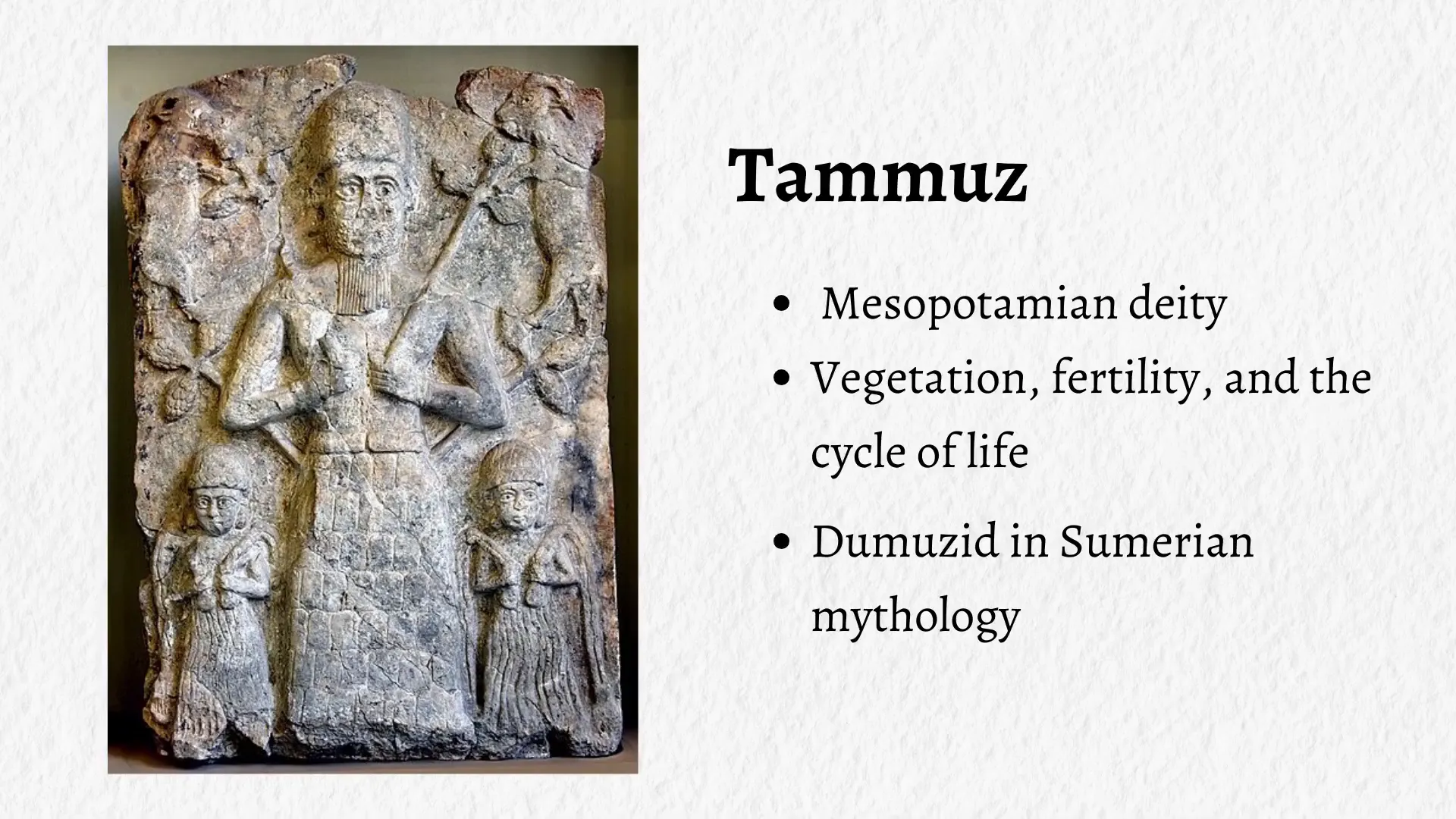
🎯 Main Focus
Today, crosses are seen everywhere, from high fashion runways to everyday wear. Early Christians wore bronze pendants, which evolved into intricate designs made from precious metals and gemstones. The Black Death also played a role in popularizing cross accessories, as people believed wearing a cross could protect them from the plague.

🖤 Goth
The goth subculture has a unique relationship with crosses. Contrary to popular belief, goths are not inherently anti-Christian. Instead, they appreciate the darker aspects of life, including the concept of death. For many, wearing crosses is a way to embrace these themes rather than reject them.
Goth music often resonates with these ideas. Icons like Robert Smith from The Cure and Peter Murphy from Bauhaus, despite their complex backgrounds, have drawn inspiration from Christian themes. This connection illustrates that goth culture can blend seamlessly with faith, challenging stereotypes about both.
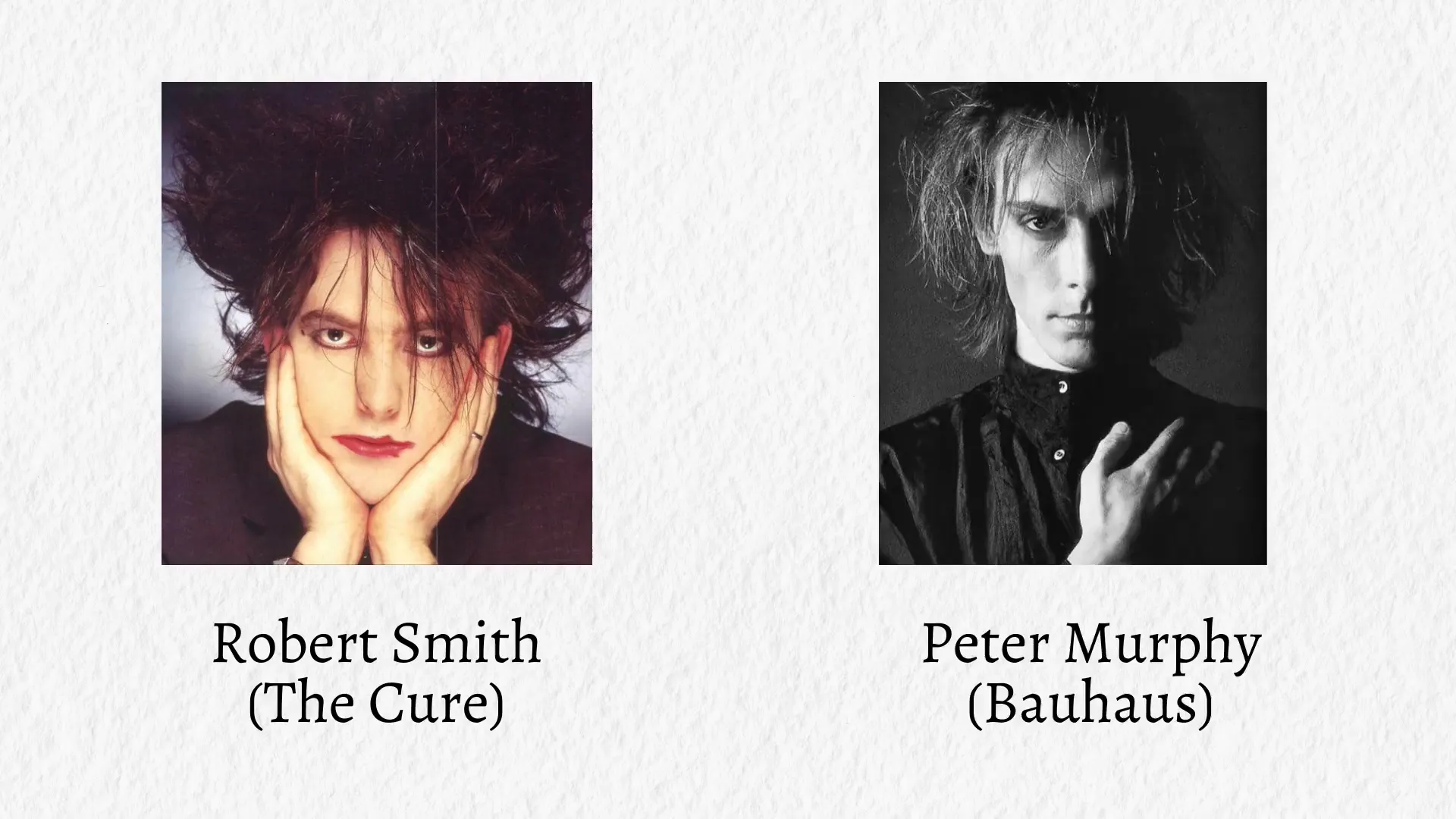
✝️ The Symbolism of the Cross
The cross serves various purposes within goth fashion. For some, it represents an execution device, appealing to those intrigued by mortality and the macabre. Others appreciate the aesthetic beauty of cross motifs, which can be found in gothic architecture and art.
Additionally, many goths incorporate crosses into their outfits for religious reasons, while others simply enjoy the aesthetic. The versatility of the cross allows it to transcend mere religious symbolism, becoming a powerful statement piece in alternative fashion.
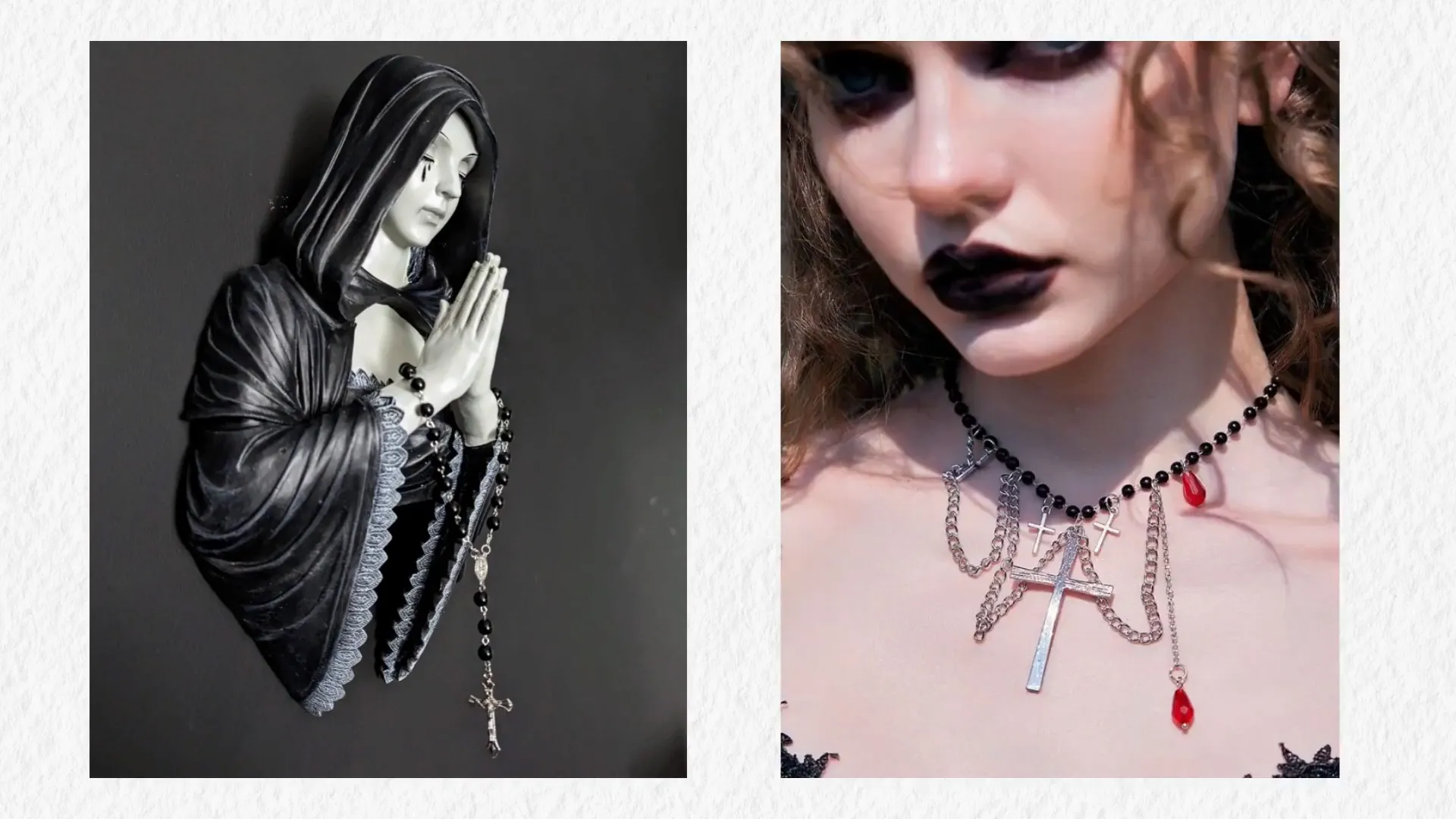
🌍 Cultural Origins
The cross has deep roots in various cultures long before it became synonymous with Christianity. For instance, the Mesopotamian civilization utilized cross-like symbols to signify fertility and the cyclical nature of life. This historical context reveals that the cross has been a powerful symbol across diverse beliefs.
In many ancient societies, crosses served as talismans, representing life, death, and rebirth. These connotations paved the way for the cross's later adoption by early Christians, transforming it from a symbol of execution to one of faith and hope.
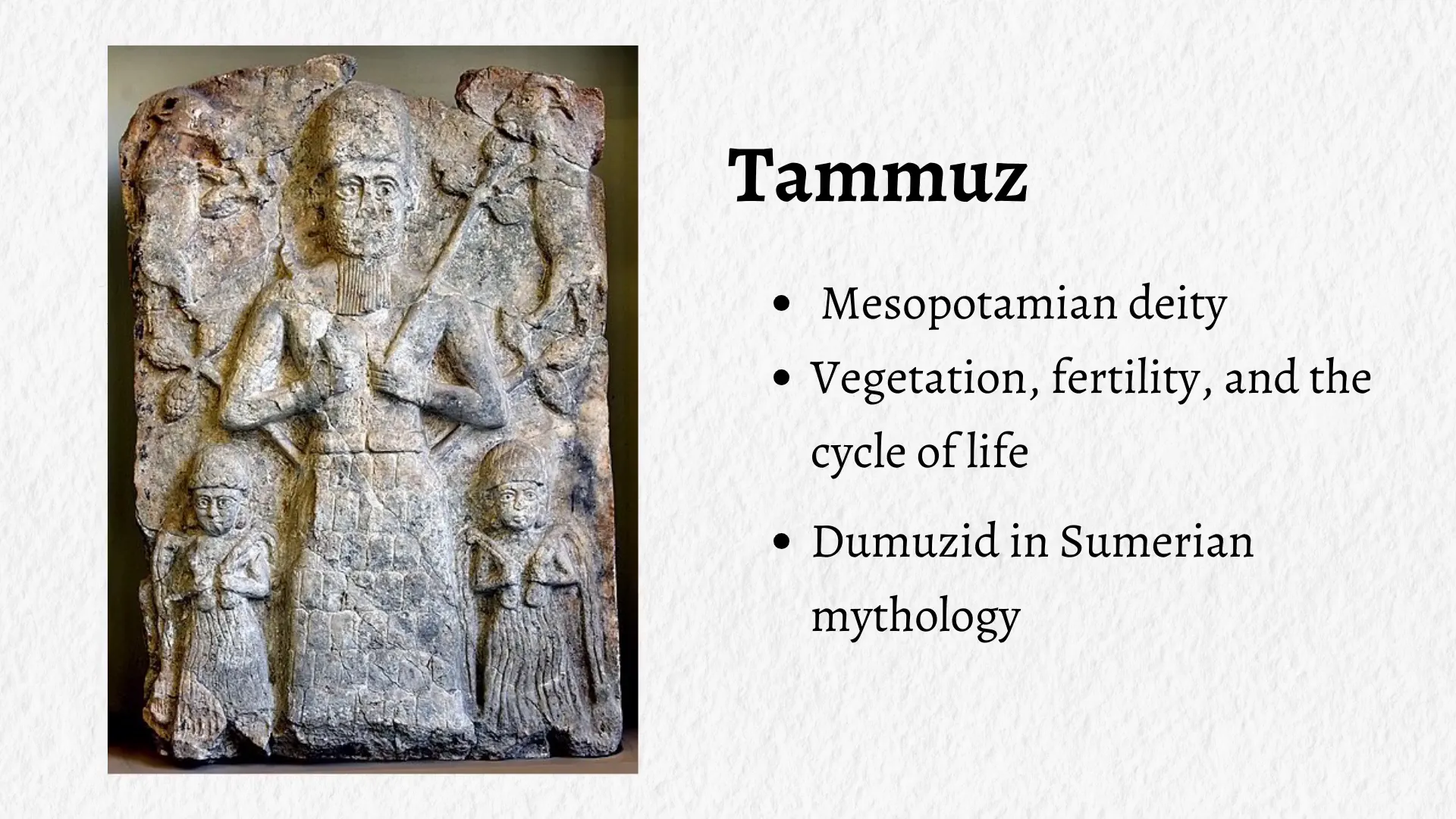
✝️ The Cross Before Christianity
Before the rise of Christianity, the cross was not viewed through the lens of faith but rather as an emblem of punishment. The Romans employed various forms of crosses for executions, which were grim reminders of the consequences of rebellion. However, the symbol's transformation began when early Christians started to reinterpret its meaning.
In the second century, Christians began to reclaim the cross, using it as a symbol of their faith, albeit cautiously. They often faced persecution, leading to the adoption of more discreet symbols like the fish or the anchor.
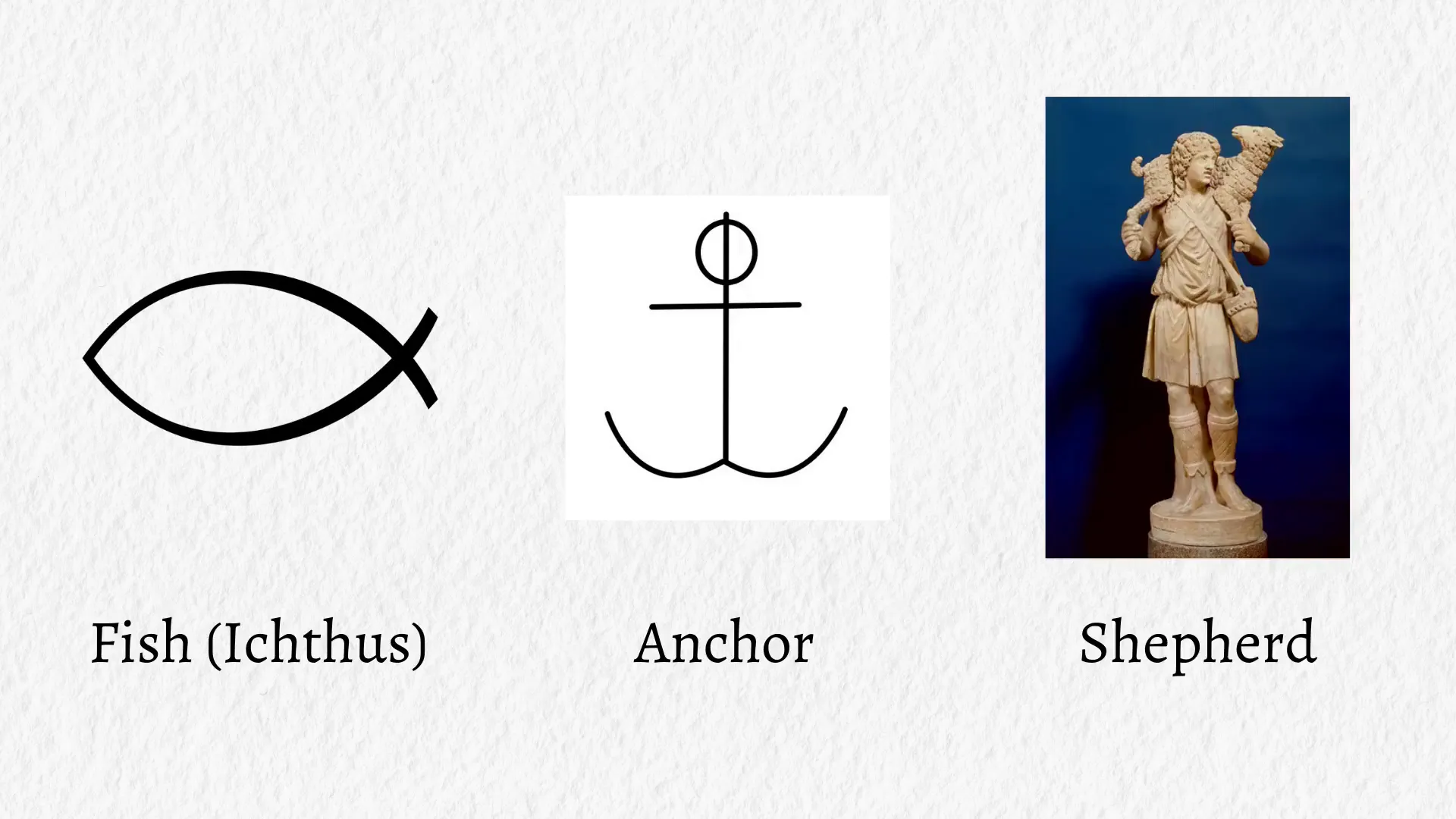
🌟 Early Christian Symbols
Initially, early Christians faced significant challenges in expressing their faith openly. The fish, anchor, and shepherd symbols were often preferred due to their subtlety. However, as Christianity gained acceptance, the cross began to emerge as a prominent symbol of faith.
By the fourth century, following Constantine's conversion, the cross became widely accepted. This pivotal moment allowed the cross to evolve from a symbol of suffering to one of salvation and hope.
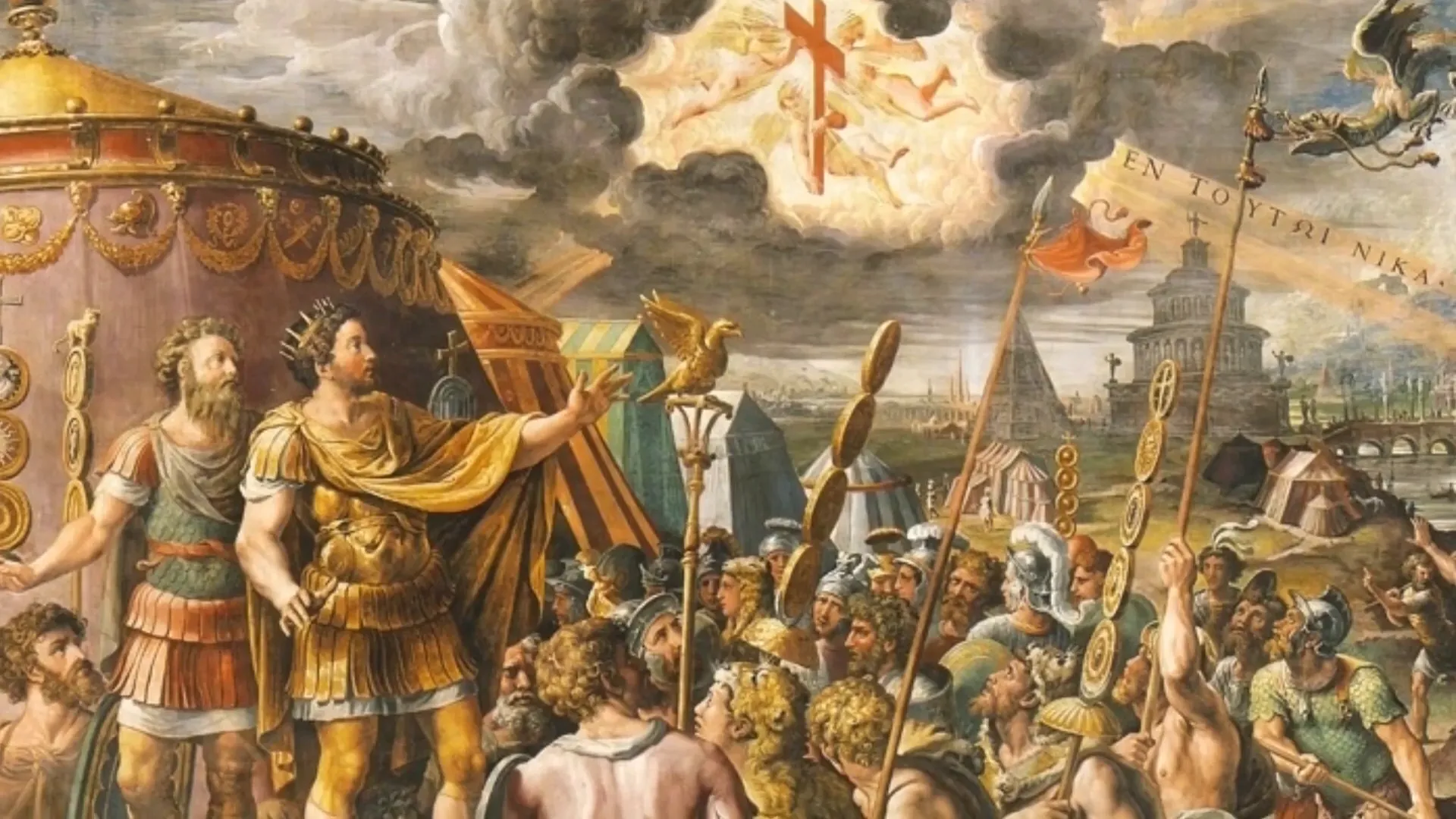
📜 Legalization of Christianity
The legalization of Christianity in the early fourth century marked a significant turning point in the use of the cross as a symbol. Emperor Constantine's Edict of Milan in 313 AD allowed Christians to practice their faith openly, leading to a surge in cross-related iconography.
As churches were built and art flourished, the cross became a central theme in religious artwork. This shift solidified the cross's place not only as a symbol of faith but also as a significant aspect of cultural identity.
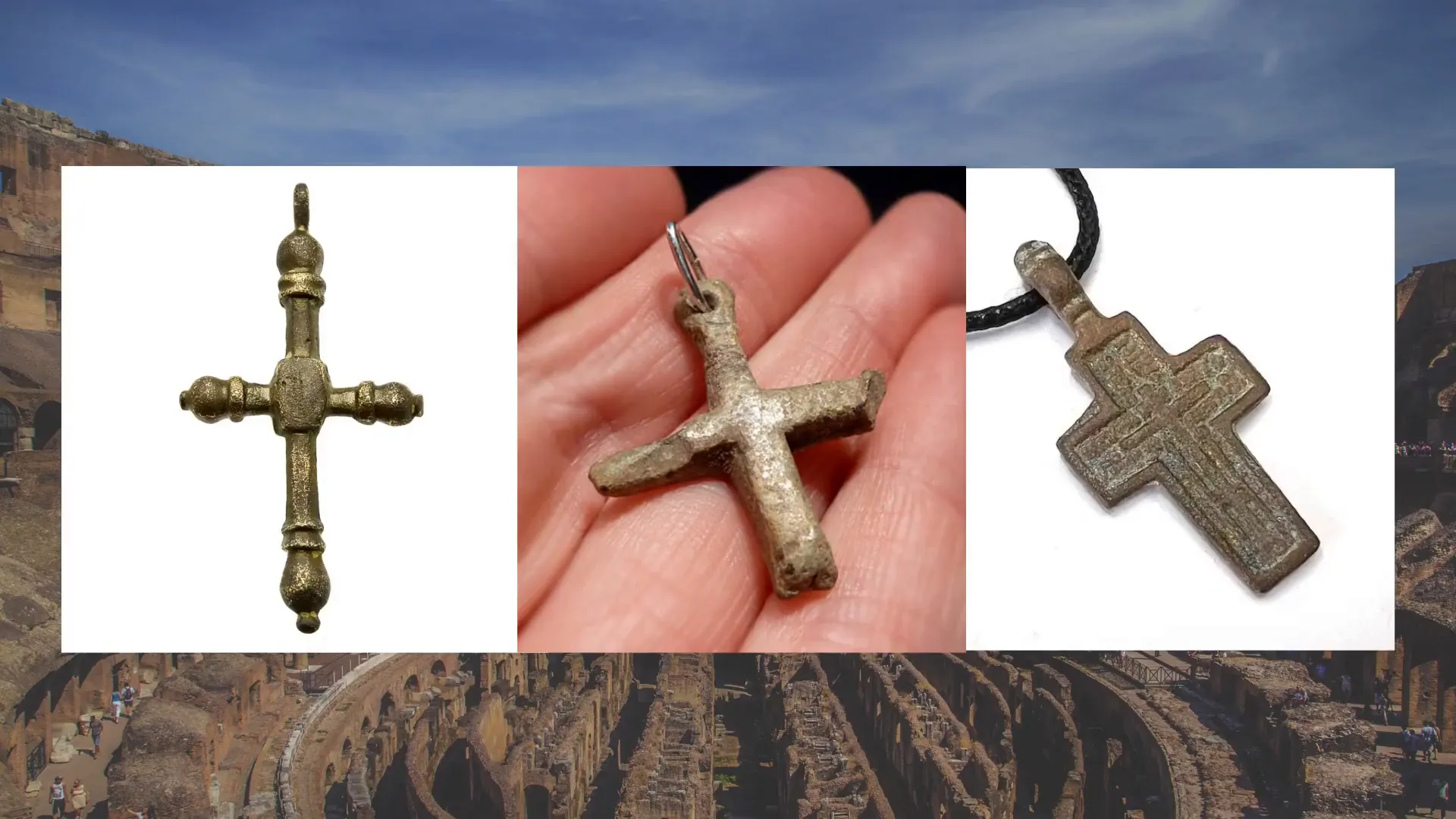
💍 Emergence of Cross Accessories
Crosses began appearing as personal adornments around the second century, with early Christians crafting bronze pendants as expressions of their faith. Over time, these simple designs evolved into intricate pieces made from precious metals and adorned with gemstones.
The cross not only became a symbol of faith but also a fashion statement. By the Middle Ages, cross jewelry was widely recognized and cherished, often passed down through generations as a cherished heirloom.
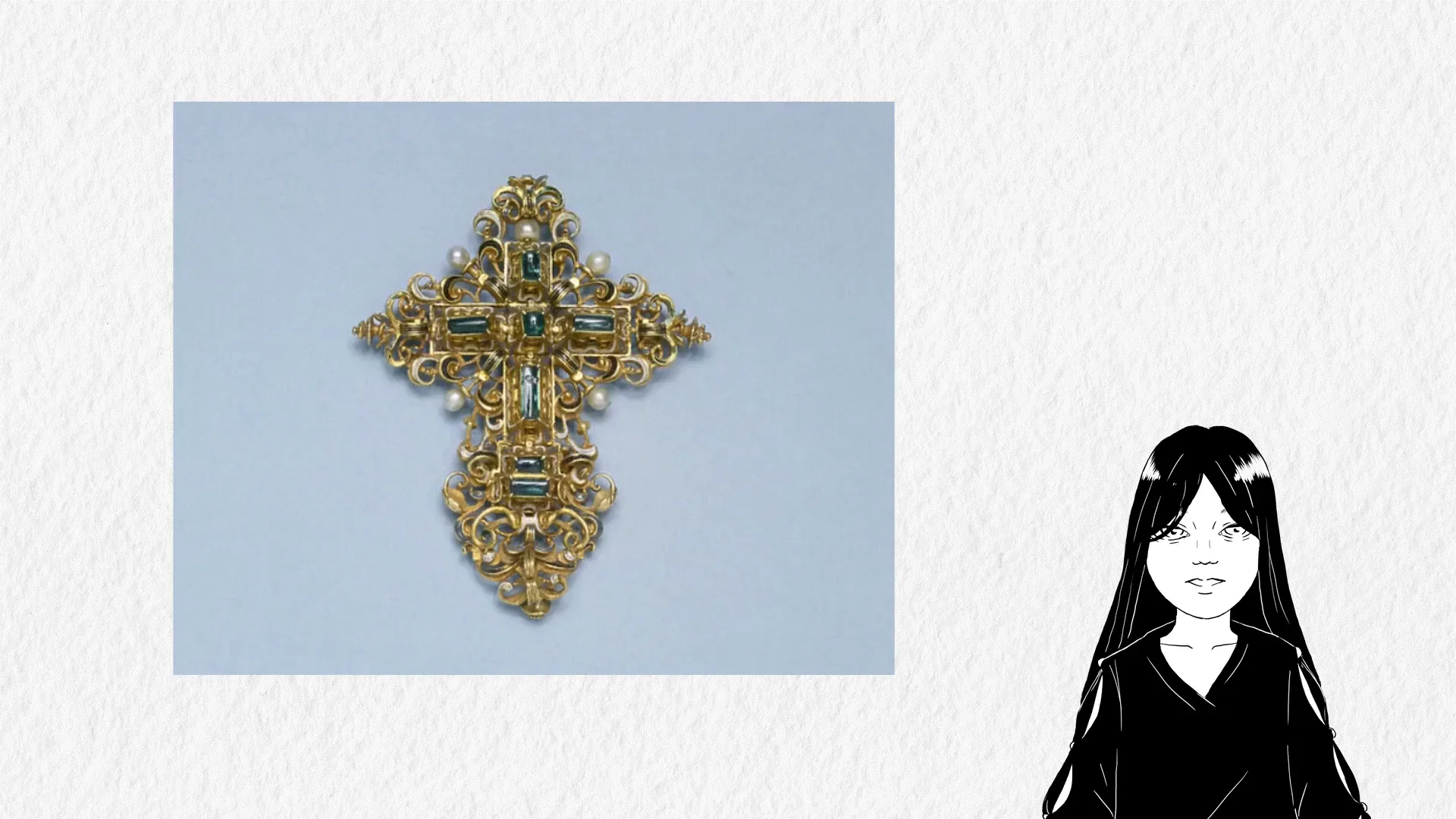
🏛️ Historical Context of Crosses
The historical significance of the cross is further highlighted by its presence during monumental events, such as the Black Death. Many believed that wearing a cross could offer protection against the plague, leading to a surge in its popularity as an accessory.
Art from various periods showcases figures adorned with crosses, reinforcing their cultural and historical importance. From royal portraits to everyday people, the cross has maintained its allure as both a religious and fashionable emblem.
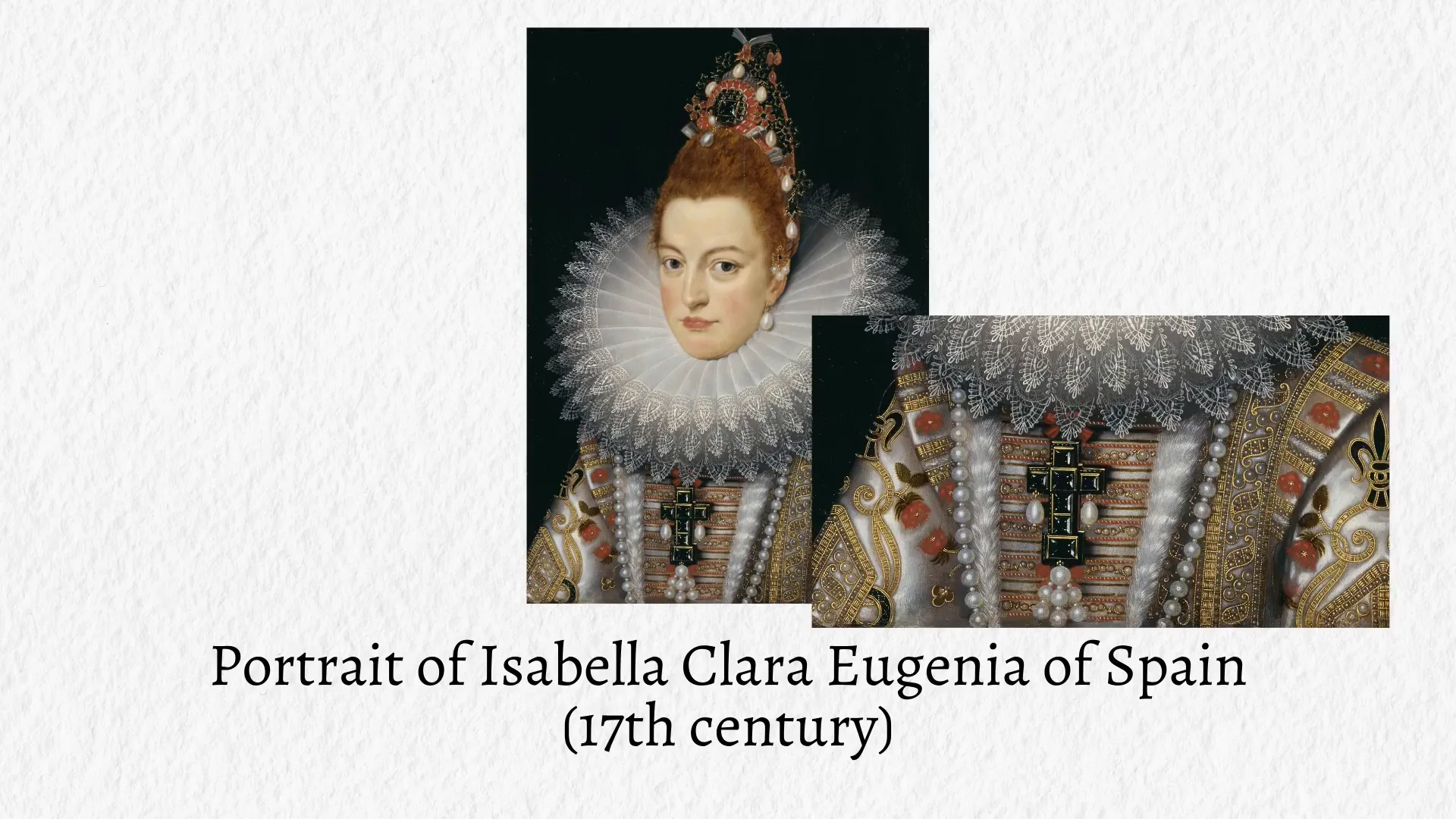
🎨 Artistic Representations
Crosses have long inspired artists across various mediums. From paintings to sculptures, the cross often symbolizes deeper themes of sacrifice, redemption, and the human experience.
During the Renaissance, artists like Michelangelo and Raphael utilized the cross to express complex spiritual narratives. Their works often depicted the cross as a focal point, representing the intersection of humanity and divinity.
In modern art, the cross has been reinterpreted in diverse ways. Contemporary artists may use the cross to challenge traditional beliefs or to explore themes of identity and culture. This evolution showcases the cross's adaptability and relevance in artistic expression.
👗 Modern Fashion Trends
In today's fashion landscape, crosses have made a significant impact. Designers incorporate cross motifs into their collections, blending spirituality with style.
High-end brands like Gucci and Balenciaga have embraced the cross, often using it in unexpected ways. Whether it's a subtle embellishment on a jacket or a bold statement piece, crosses are now integral to modern fashion.
- Minimalism: The rise of minimalistic fashion has seen simple cross designs gaining popularity. Clean lines and understated elegance appeal to a broad audience.
- Streetwear: Crosses have also found their place in streetwear, often combined with edgy graphics and urban aesthetics.
- Jewelry: Cross necklaces, earrings, and bracelets are ubiquitous, serving as both fashion statements and personal expressions.
🖤 The Role of Goth Culture
Goth culture's relationship with crosses is multifaceted. For many goths, the cross symbolizes a connection to themes of death and the macabre, rather than a rejection of faith.
This subculture often explores darker aesthetics, and the cross serves as a powerful emblem within that exploration. Icons like Robert Smith and Siouxsie Sioux have incorporated crosses into their imagery, creating a blend of gothic and religious symbolism.
Furthermore, many goths appreciate the historical and architectural significance of the cross. Gothic architecture, with its intricate designs and spiritual connotations, resonates deeply within the subculture.
⛪ The Intersection of Faith and Fashion
The cross stands at a unique intersection of faith and fashion. For some, wearing a cross is a deeply personal statement of belief, while for others, it is a fashionable accessory devoid of religious connotations.
This duality raises questions about appropriation and respect. Can one wear a cross without understanding its significance? The answer varies among individuals, often influenced by personal beliefs and cultural backgrounds.
- Personal Belief: For many Christians, wearing a cross is an outward expression of their faith, serving as a reminder of their beliefs.
- Fashion Statement: Others may wear crosses purely for aesthetic appeal, appreciating their design without religious implications.
- Cultural Context: The cultural significance of the cross can vary widely, making it essential to approach its use with sensitivity.
💭 Personal Reflections on Wearing Crosses
Wearing a cross can evoke a range of emotions and reflections. For some, it symbolizes protection, hope, and connection to their faith. For others, it may simply serve as a stylish accessory.
As someone who appreciates the aesthetic of cross jewelry, I find it fascinating how this symbol can carry such diverse meanings. It invites introspection about the intersection of personal beliefs and societal trends.
Ultimately, the decision to wear a cross should be personal. Whether it holds religious significance or is worn for its visual appeal, it's essential to be mindful of its history and meaning.
In conclusion, cross necklaces have evolved beyond mere accessories. They embody a rich tapestry of cultural, artistic, and personal narratives, inviting us to explore their significance in our lives.
